We are super excited to introduce Sherlock – a new product from Space Pencil (the folks that brought you Kissmetrics) – to the market this week.
Sherlock is a user engagement scoring application built specifically for SaaS businesses – for whom user engagement is…well…pretty much the whole point.
We built Sherlock to help SaaS businesses finally wrap their arms around the elusive beast that is user engagement – to make it tangible and accessible. Oh…and actionable. Very actionable. Sherlock is an analytics product with a purpose – to help make user engagement a centralized metric that drives actional across your SaaS operation.
WHY SHERLOCK EXISTS
Sherlock went from a personal desire, to a hack, to a prototype, to the product we just released over the course of several years. In many ways Sherlock was a passion project – a scratching of our own itch – and in many ways it is filling a need in the market that we can’t believe hasn’t been properly filled.
We build Sherlock for three main reason:
- In SaaS, user engagement really matters
- There has never been a good way to measure and quantify user engagement
- User engagement is a metric that should be operationalized across an entire organization
1. In SaaS, user engagement matters — a lot. No, seriously, a lot.
This sounds like an obvious point, but one that cannot be overstated.
The entire SaaS business model is based on retention. Without retention, there is no SaaS business.
And retention is based on engagement. If people don’t use your product, they will cancel.
No engagement, no retention. No retention, no business. The formula is really not more complicated than that.
User engagement is also one of the true leading indicators for a SaaS business. As investor David Skok said in his great blog post on the topic:
“The goal of a SaaS CEO should be to increase the profit they make from each customer (LTV), and lower the costs in sales and marketing that it takes to acquire each customer (CAC). Measuring Customer Engagement is a key tool that will help you achieve that goal.
Honestly, outside of revenue, there isn’t a metric that is more important to a SaaS business than user engagement.”
In many ways, user engagement is the lifeblood of the entire SaaS business model. So…it’s something that should be measured and managed like any other KPI. However…
2. There has never been a good way to measure actual user engagement
I have been searching for a good solution for measuring user engagement since I started building SaaS businesses. It simply blew me away that there wasn’t an easy (and effective) way to truly measure and understand all sides of user engagement. It has been one of my greatest frustrations over the course of several SaaS businesses.
And yes, yes…I’ve used general analytics tools. I’ve tried almost all of them. But none of them really understood what I wanted. What I needed. While they held all my data, offered many different ways to slice-and-dice, none of them answered my question – quantifiably – on user engagement.
What I always wanted while running SaaS businesses wasn’t that crazy. I wanted to:
- Know my best users/accounts
- Understand what makes them great
- Make more of them
Isn’t that really what every SaaS business wants?
For that to happen, user engagement needed to be quantified in a way that no general analytics tools could would do. There needed to be a solution that focus on just this.
3. User engagement is a metric that can & should be operationalized across an entire organization
As a foundational metric that drives a SaaS business, each part of the organization should be using some slice of quantified user engagement to help drive their daily work. For example:
- Product should use user engagement scoring to determine if their work building features is actually helping increase overall engagement;
- Sales should be prioritizing their outreach to trial accounts based on the engagement level of those accounts (see the Product Qualified Lead model)
- Customer Success should be using engagement measurement to drive upsells, save at-risk accounts and give context for all support interactions.
- Design should use engagement scoring to determine the best sources for user feedback.
- Marketing should use engagement scoring to better target message, identify potential advocates and more.
- Boards and investors should use user engagement measurement as a factor in future investment.
User engagement, when done right, can drive operations across the entire organization — this list is really just scratching the surface. A good engagement scoring platform will make it very easy to connect engagement data with the various tools used to drive your operations.
These are the three fundamental reasons why Sherlock now exists in the world. If you need more reasons, this post on the Appcues blog is a good reference.
HOW SHERLOCK WORKS
Sherlock works by giving SaaS teams the ability to create a custom engagement scoring model for their product.
The Sherlock journey starts by sending product usage data to Sherlock via Segment.com (right now, we only accept data from Segment). Then a user simply weighs key product events (with a weight between 1–10) based on their importance to overall engagement. It looks like this:
All actions are not created equally. For every product, certain actions (or events) are simply more important than others. You know this better than anyone, that is why Sherlock allows you manually set these weights. Once that is done….voila! The entire Sherlock product is populated from there and you will immediately be able to:
Discover users ranked by engagement
A full list of your users, ranked by their engagement-level with the product.
In Sherlock, all users get an engagement score between 1-100. This allows you to discover your top users in seconds (we promise, you WILL be surprised by the people driving engagement). Also, uncover who is rising or falling, what they do and how their engagement trends overtime.
Uncover Account-level engagement
Truly understanding engagement at the account-level is incredibly valuable for SaaS businesses. I would argue essential.
With Sherlock, you get a ranked list of your accounts as well as a list of all users on that account, by engagement level. This is incredibly helpful for many reasons, but especially when planning account management activities.
Track overall product engagement over time
On the dashboard, track total active users, average score per user, as well as total product engagement over time. Nowhere else can you get data that informs you of the overall performance of your product overtime.
Compare engagement by segment
Create custom segments for different groups of users and compare their engagement.
See which events are most engaging
Get a view of all the activities (events) from your product over time and see which events are actually driving more engagement.
Ship engagement scores to all your important operational tools
The most important thing you can do with this quantified engagement data is to get it make it accessible in the key tools that will allow you to take action on it. We ship engagement data to Segment, Intercom, Salesforce, and Slack.
Again, we are incredibly happy to be able to bring Sherlock to market. If you are running a SaaS company at any stage, I can’t imagine how you can run your business without a clear understanding of user engagement and all the benefits that come from that understanding. This is what Sherlock is built to do and we feel very confident that it will bring a ton of value to your SaaS business
Signup today for a 17-day free trial at https://www.sherlockscore.com
About the Author: Derek Skaletsky is the Head of Product and Customer Success at Kissmetrics. Previously, he founded the engagement automation app Knowtify which was acquired by Kissmetrics.
from The Kissmetrics Marketing Blog https://ift.tt/2w6KLyK
from WordPress https://ift.tt/2FBX3OU

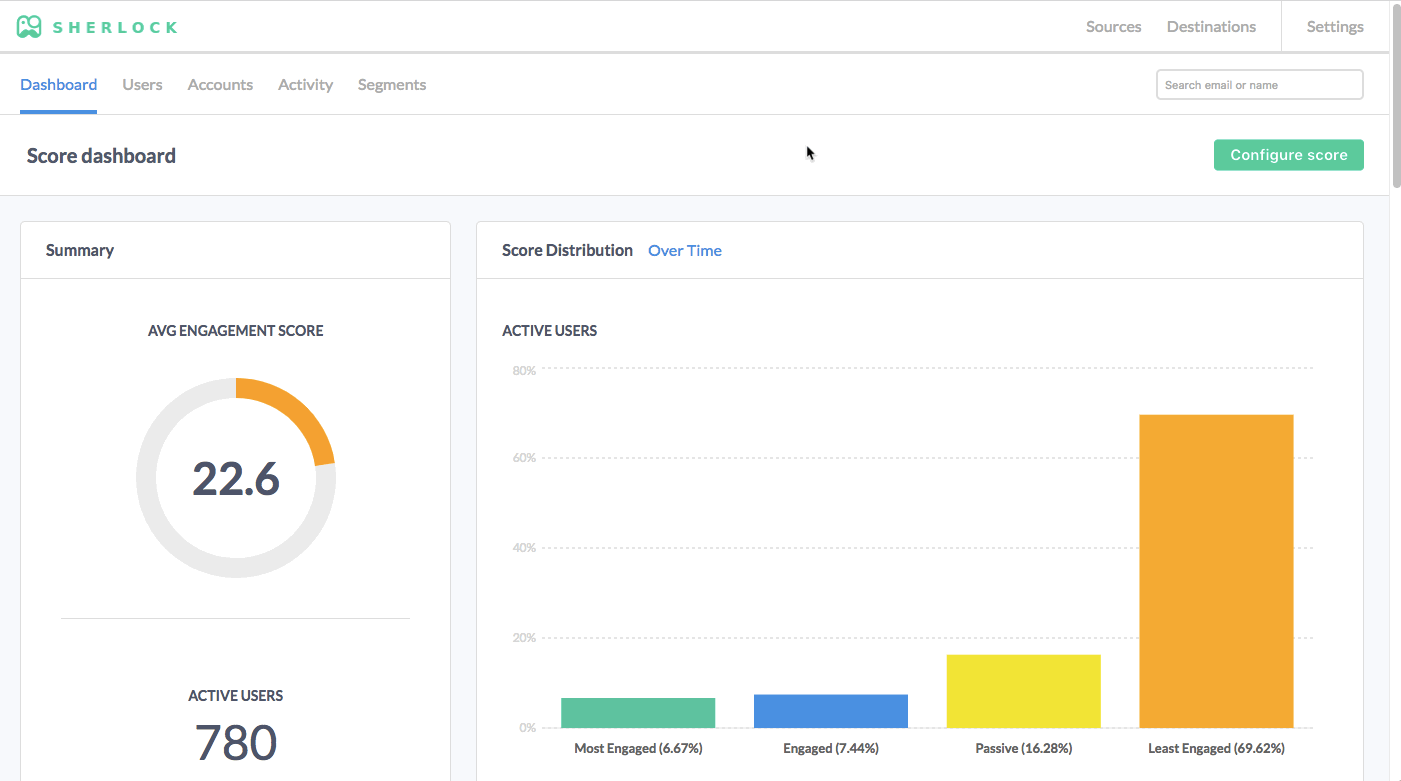
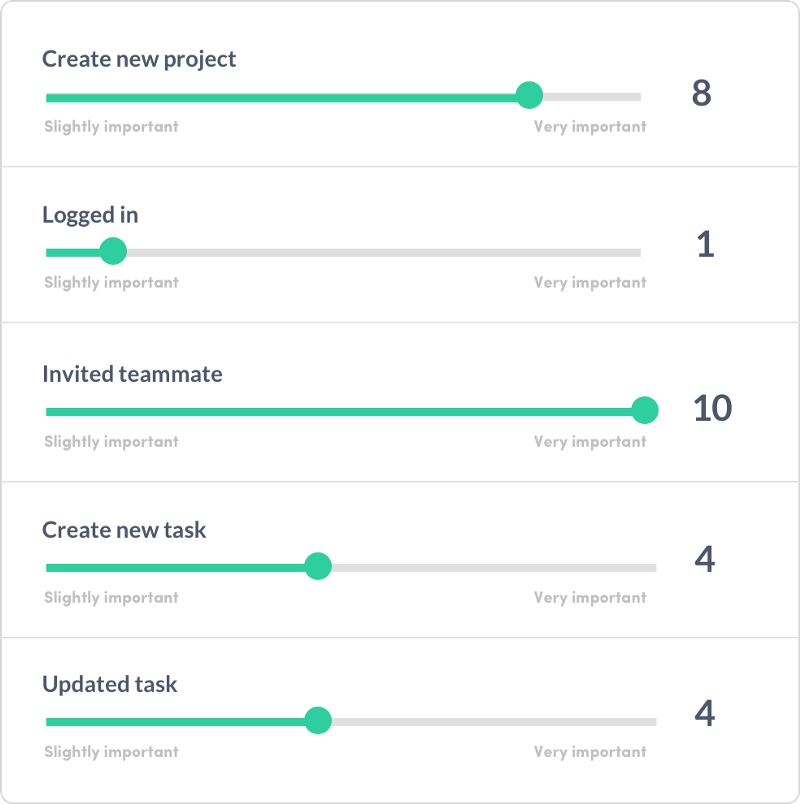
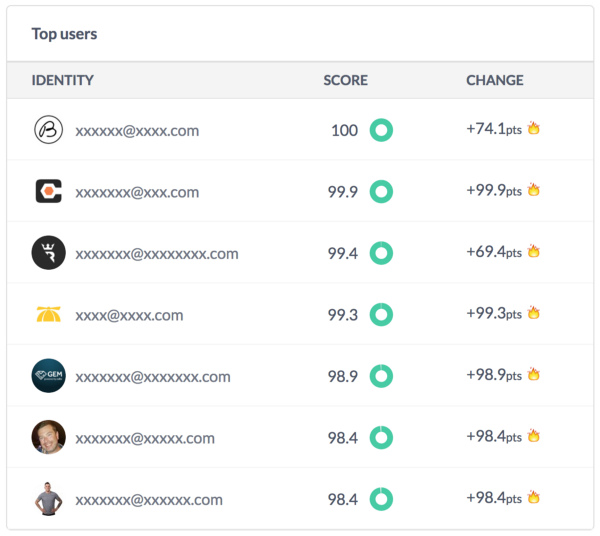

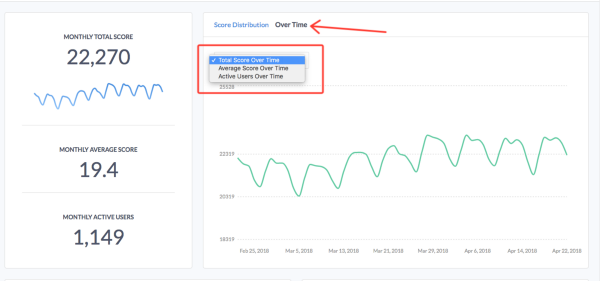
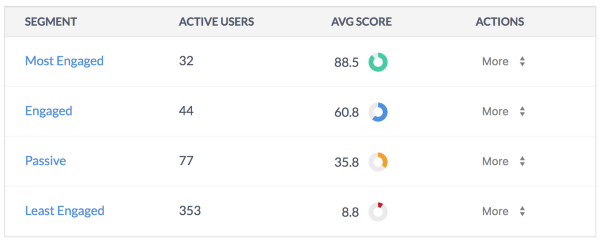
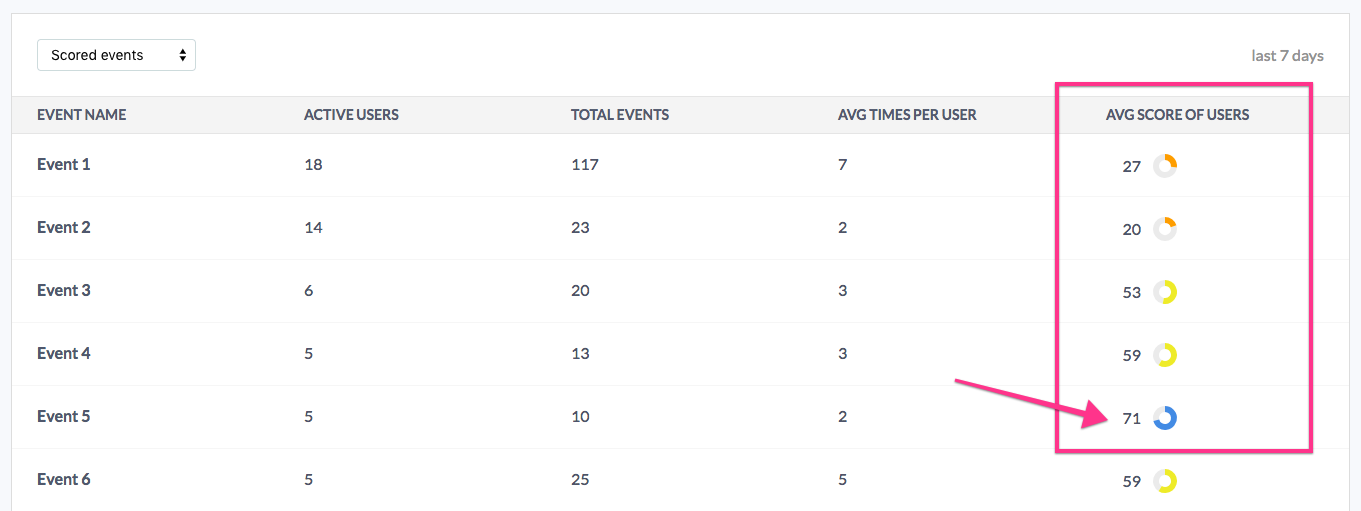

No comments:
Post a Comment